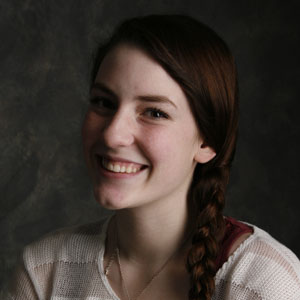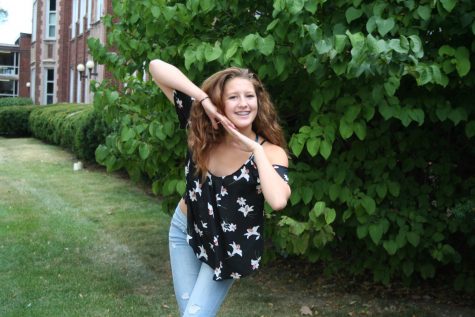Behind the scenes of the SEE Team potluck
Students take on eco-friendly eating
February 27, 2014
The room was packed with food of all sorts – cookies, fruit, chips, drinks, and more on every desk with smiling kids enjoying it all. SEE Team students were eating and, most importantly, talking about the food that was there. The room was full of commotion. SEE Team was having its first potluck event.
“It was fun and tasty,” said student Michael Wilson. “I really enjoyed it.”
SEE Team spent nine weeks of second quarter on a food unit. The goal of the unit was to help students understand food from multiple perspectives. They considered how healthy different meals are and how meals differ from one another. For example, how is a chocolate cihp cookie made with all organic ingredients different from a conventional cookie. How are those cookies different from cookies made from totally local ingredients?
SEE Team Biology teacher Jame Holt connected the event directly to his classroom curriculum.
“We have been talking about caloric intakes and nutritional values and students being able to look at a meal or one particular dish to try to think about it from a different perspective,” he said.
Beyond personal health, the event challenged students to think about how food and the environment interconnect.
“We just want to get them to think,” Holt said. “To think of their actions, about what they are doing. Think about how their actions have an extended impact. Really just to kind of be able to analyze what they are doing and things that they hear and see to encourage research/ to look into things at a deeper level.”
The event took place in rooms 223 and 227 in early December. Freshmen Emma Strand and Henry Schaffer noted that the event was the conclusion to the unit.
“It was the project of the second quarter, and we got into groups, and basically the idea was to find a recipe that used organic food or at least wasn’t processed and was something you made on your own,” the two explained.
Thinking creatively about food and environmental health was the goal.
“It’s an opportunity for students to explore alternative recipes to try to find a dish that they could look at and try to take the idea with the recipe to make it more ecologically friendly,” Holt said.
Greening up a dish could be done in multiple ways. Genetically modified (GM) ingredients oculd be exchanged for non-GMO’s or organic ingredients. Substitutions could be made for more locally grown, seasonal foods. Students could approach their dish through multiple variables, but the point was for students to look at every day food from a new perspective. The students all helped set up the event and there was an abundance of healthy food all around, with kids eating and enjoying themselves.
“It turned out great,” Holt said. “We had fabulous participation from students. We had a wide variety of dishes. We had a lot of students who took simple recipes like Toll House cookies, but then tried to look at finding ingredients that were organic or healthier options. It gave kids an opportunity to see what those foods would taste like.”
Strand enjoyed the food, but saw larger significance too.
“It was nice because it was not just about the food. It was also about the social event and interacting with people and learning about what they made,” she said. During the event, students circulated from table to table, asking questions about dishes, reading research statements that their peers had written, and filling out rating cards.
Though Holt noted that the event may have been a bit rushed this year, he felt confident that SEE Team will continue to put on the event in years to come.



